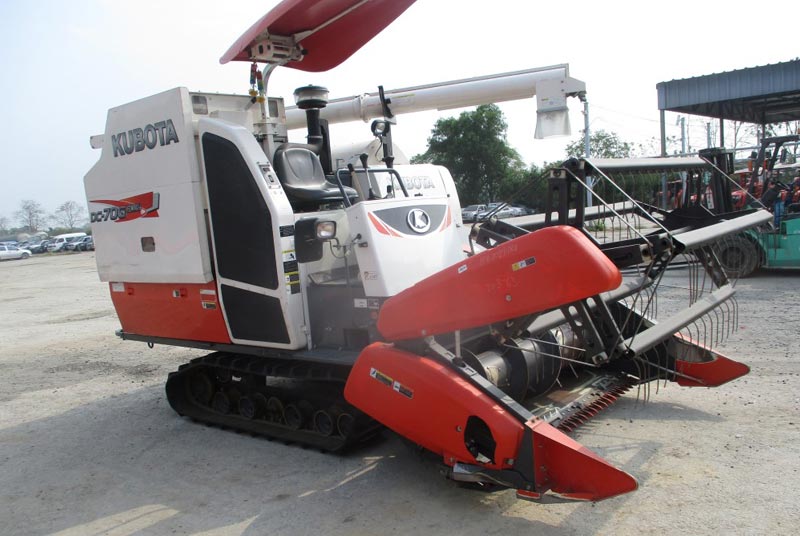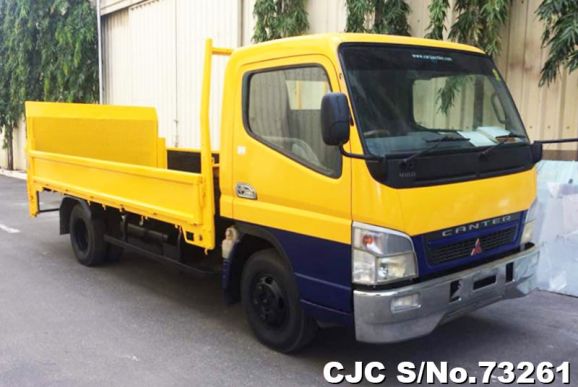
Farmers are facing pressures and uncertainties. At the same time, new opportunities for new farming are emerging. These changes will be useful and can have a lasting impact on the farming industry. Almost 1 billion people live in hunger and live in extreme poverty. Many are small farmers in developing countries. Their failure or success determines whether they have enough to eat and send their children to school. Now the structure of agricultural production in the third world has changed in the last two decades. Various agricultural research institutes have promoted the adoption of industrial methods. These new high farming technology methods like combining harvesters, mechanization processes, and precision farming benefit all the farmers, especially the poor in third-world countries like Tanzania, Africa.
Agriculture is the most important part of Tanzania’s economy. The land connotes as a vital asset in ensuring food security and various exports with the nine main crops inclusive of rice, maize, sorghum, millet, wheat, cassava, potatoes, bananas, and so forth. The agricultural industry contributes to the country’s foreign exchange earnings and is a pivotal part of the economical structure. When Tanzania gained independence in 1967, agriculture was at the center of its overall developmental plans.
With more than 80% of contribution to the overall economy from farm inputs and outputs, Tanzania is picture-perfect for adopting farming mechanization and modernization processes. According to reports, recent signs of transformation in Tanzania’s agricultural sector offer encouraging opportunities for acceleration of growth, job creation, and poverty reduction if urgent steps are taken to improve the sector’s policy and regulatory environment and investments. The Tanzanian agriculture sector provides livelihoods for more than half of the population and more than three-quarters of its poor population.
Mechanization is essential for Tanzania’s core agricultural development, and farm mechanization can directly deliver increased productivity, the transformation of the agricultural and farming sector, and the dynamic shift from human-powered crop cultivation to mechanized production mode. From combine harvesters, precision implements, modern-tools, and so on, the mechanization process has always proved beneficial. Mechanization is directly proportional to increased output of higher value crop and food products that culminate towards an improved livelihood for small and medium-sized farmers. With different problematic constraints ranging from lesser mechanization, unskilled labor, obsolete technology, and the overall dependence on unreliable conditions hinder the development of agricultural structure in Tanzania. With the infusion of mechanization processes and harvesters, Tanzania can certainly increase raw materials’ access to feed the country’s industrial and export demands.







.jpg)
.jpg)

.jpg)
.jpg)
.jpg)












